Deck & Commander Strategies
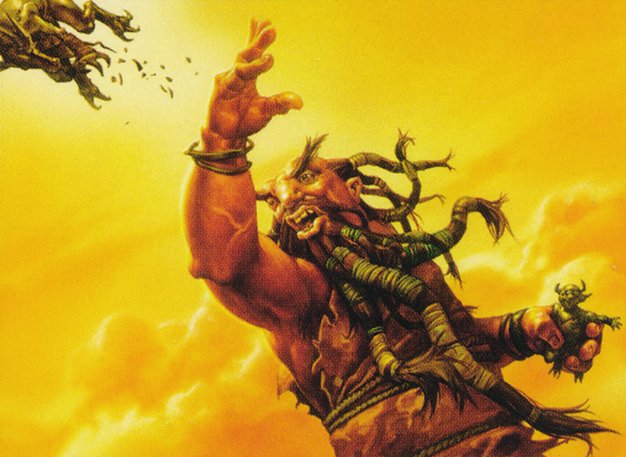
Brion Stoutarm
Sacrifice creatures to deal damage directly to players using fling effects, maximizing damage output through high-power creatures and life manipulation.
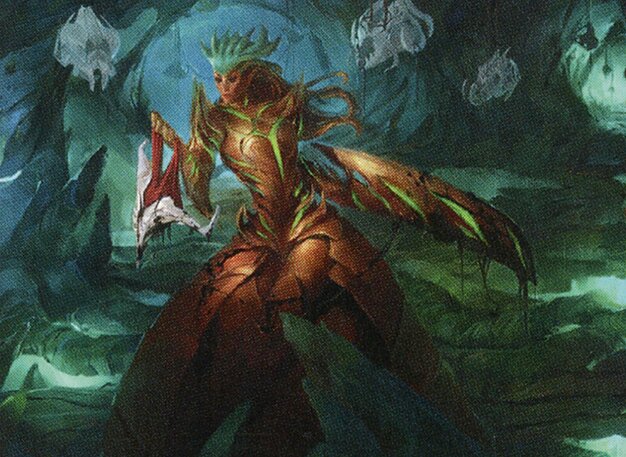
Glissa Sunslayer
Utilize infect and poison mechanics with toxic elves and poison counters to quickly win through poison damage, while leveraging life as a resource.
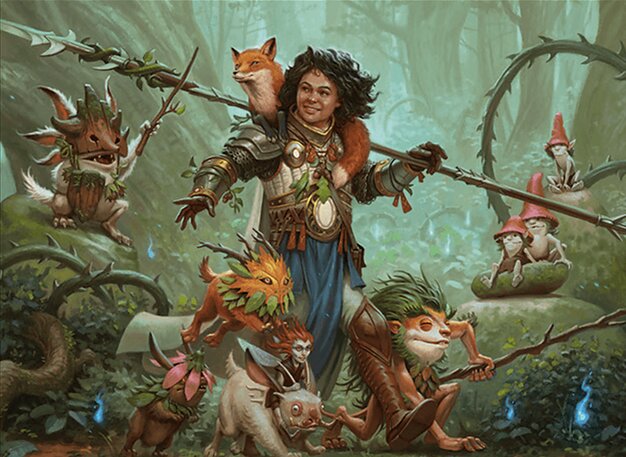
Ellivere of the Wild Court
Build a Gruul enchantment-based stompy deck that generates tokens and buffs creatures, snowballing board advantage to overpower opponents.

Tura Kennerüd, Skyknight
Focus on instant and sorcery spells to create soldier tokens and disrupt opponents, using spells to generate card advantage and control the battlefield.
Gameplay Insights
- 1
The Boros deck leveraged sacrifice and fling to convert board presence into direct player damage, making timing of creature sacrifices critical.
- 2
The Golgari deck prioritized early poison counters and utilized elves and creatures that amplify poison damage to accelerate the win condition.
- 3
The Gruul deck’s enchantment synergy created a snowball effect through token generation and combat buffs, enabling large swings in board state.
- 4
The Azorius deck used instant and sorcery triggers to create tokens and generate card advantage, controlling the flow of the game and pressuring opponents.
- 5
Life payment was a recurring theme in the Golgari deck, balancing card draw and aggressive poison strategies at the cost of player life totals.
Notable Cards
-

Brion Stoutarm
-

Glissa Sunslayer
-

Ellivere of the Wild Court
-

Tura Kennerüd, Skyknight
-
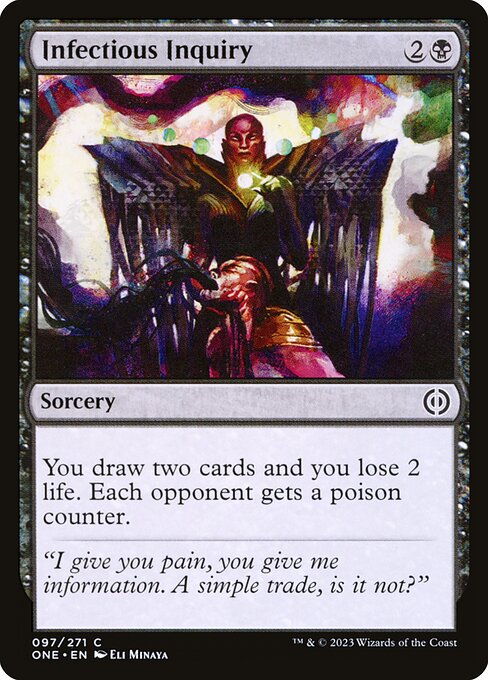
Infectious Inquiry
-
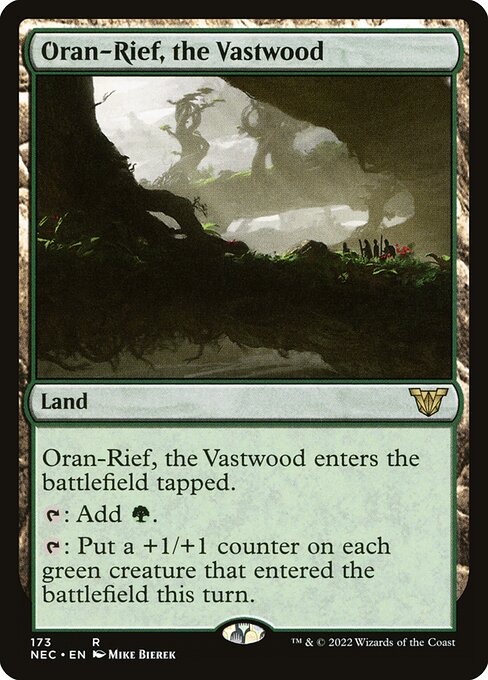
Oran-Rief, the Vastwood
-
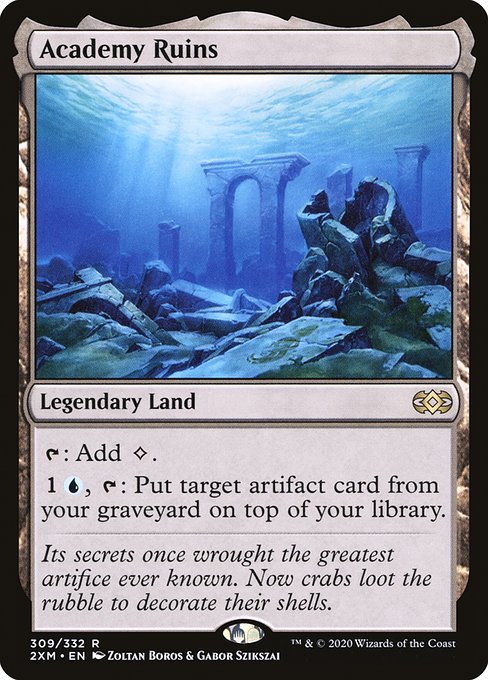
Academy Ruins
Gameplay Summary
In this festive Commander game, each player brought a deck built by another, creating a unique dynamic with unfamiliar strategies.
The game featured four distinct decks: a Boros fling-focused deck, an Infect-themed Golgari poison deck, a Gruul enchantment stompy deck, and a Azorius instant-sorcery token deck.
Early turns saw players setting up their strategies, with the Boros deck looking to sacrifice creatures for burst damage, the Golgari deck applying poison counters aggressively, the Gruul deck leveraging enchantments and token synergies, and the Azorius deck generating tokens and disrupting opponents with instant-sorcery interactions.
Key turning points involved the execution of the Boros commander’s ability to fling high-power creatures for large damage spikes, the Golgari deck quickly escalating poison counters, and the Azorius deck using instant-sorcery triggers to build a board presence and control the pace of the game.
The game unfolded as a mix of aggressive poison damage, combat damage from tokens and enchantments, and tactical creature sacrifices.
Ultimately, the win condition centered around dealing lethal damage either through poison counters or direct damage facilitated by combos within each deck’s theme.














![Voltron EDH battle EP:44 Light-Paws V Stangg V Glissa V Kalamax [EDH gameplay] #edh #mtg thumbnail](https://i.ytimg.com/vi/-nVYFn8Tyds/sddefault.jpg)






![Wilds of Eldraine Pack Tactics!! ft. Ellivere, Will, Rowan, and Alela [EDH/Commander Gameplay 2023] thumbnail](https://i.ytimg.com/vi/16dZz59VH0A/sddefault.jpg)




![Commander VS S13E2: Sedris vs Brion vs Licia vs Tetzimoc [EDH] thumbnail](https://i.ytimg.com/vi/oamJ14brbZ8/sddefault.jpg)






